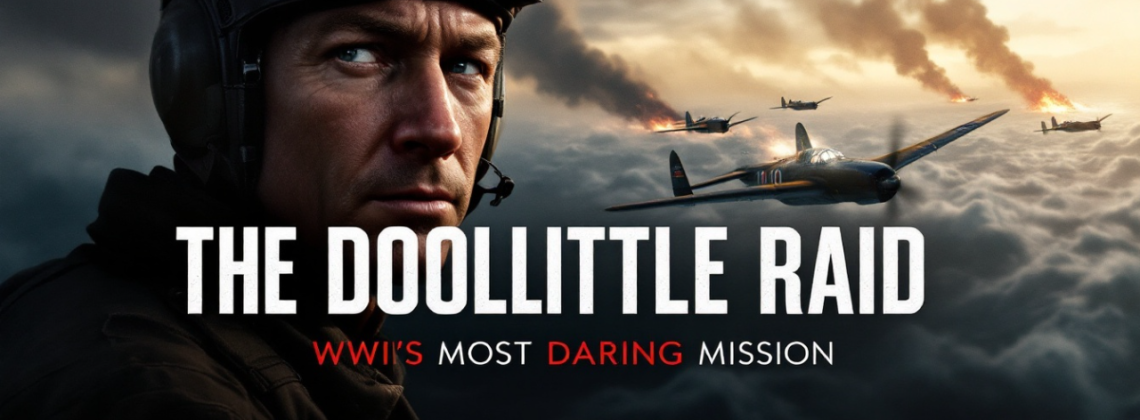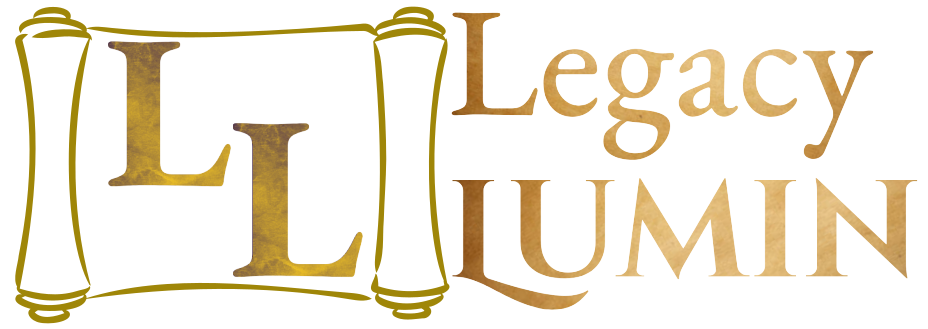
Let’s step back in time to a moment when desperation met daring, and out of it emerged one of the most audacious missions of World War II: the Doolittle Raid. It was April 18, 1942—just four months after the devastating attack on Pearl Harbor. America was reeling, wounded, and searching for a way to strike back. What unfolded next wasn’t just a military operation; it was a statement of resolve, ingenuity, and courage that would ripple across history. Here’s the story of how a seemingly impossible mission turned the tide of war.
The Birth of an Audacious Plan
In the wake of Pearl Harbor, President Franklin D. Roosevelt and the U.S. military wanted more than retaliation—they wanted to send a clear message to Japan and the world: America would not back down. General Henry “Hap” Arnold, commanding general of the U.S. Army Air Forces, turned to Lieutenant Colonel James “Jimmy” Doolittle, a test pilot known for his boldness and ingenuity.
The task was extraordinary: launch bombers off the deck of an aircraft carrier to strike the Japanese mainland. At the time, such an operation seemed impossible. Bombers required long runways, not the short, narrow flight decks of carriers. Yet, impossibility wasn’t a word in Doolittle’s vocabulary.
Preparing for the Impossible
The mission called for the modification of 16 B-25 Mitchell bombers. These planes were stripped of nonessential equipment, outfitted with extra fuel tanks, and painted with fake gun barrels for added intimidation. The crews, unaware of the nature of their mission at first, were briefed by Doolittle on the dangers they faced. Despite the long odds, every man volunteered to proceed.
Training took place at Eglin Field in Florida, where pilots practiced taking off in just 500 feet—less than one-tenth the usual runway length. They flew at treetop levels to simulate evading radar, preparing for the nerve-wracking task ahead.
The Launch of 16 Bombers
On April 1, 1942, the aircraft carrier USS Hornet departed San Francisco with the 16 bombers strapped to its deck. The mission’s secrecy was so strict that even the ship’s crew was unaware of the objective. Accompanied by the USS Enterprise and a fleet of support ships, the task force headed toward Japan.
Then, on the morning of April 18, fate intervened. The task force was spotted by a Japanese patrol boat, which, before being sunk, managed to send a warning to Japan. The mission had to be launched immediately, even though the carrier was still 650 nautical miles from the Japanese coast—farther than the planned launch point. With fuel reserves stretched, survival became even more uncertain, but Doolittle ordered the planes to take off.
One by one, the bombers roared down the Hornet’s deck. Against heavy seas and the odds of failure, all 16 planes successfully launched—a feat still considered extraordinary.
Impact and Escape
The bombers targeted Tokyo, Yokohama, Nagoya, and Osaka, focusing on military and industrial infrastructure. While the physical damage was minimal, the psychological impact was monumental. For the first time, Japan’s home islands were under attack, shattering the myth of Japanese invincibility. Air raid sirens and fires sent shockwaves through the Japanese leadership and population.
The escape was harrowing. Low on fuel, some crews crash-landed in China, others bailed out, and one crew was interned in the Soviet Union. Tragically, three men were executed after being captured by the Japanese, while others faced torture. Despite these losses, 71 out of 80 crew members survived, aided by Chinese civilians and soldiers who risked everything to help them. The Japanese retaliated brutally, killing an estimated 250,000 Chinese civilians in the aftermath—a chilling and often-overlooked consequence of the raid.
Legacy and Ripple Effects
The Doolittle Raid electrified the American public. It was the first piece of good news from the Pacific Theater, providing a much-needed morale boost. President Roosevelt, when asked where the bombers had launched, famously quipped, “Shangri-La,” adding to the mystique of the mission.
For Japan, the raid was a wake-up call. The high command, humiliated and desperate to prevent future attacks, accelerated plans for a decisive strike against the U.S. Pacific Fleet. This urgency led to the Battle of Midway just two months later, where American forces dealt a crippling blow to the Japanese Navy, sinking four carriers and shifting the tide of the war.
A Testament to Courage
Jimmy Doolittle and his men became symbols of American ingenuity and bravery. Doolittle was awarded the Medal of Honor, while many of the crew received the Distinguished Flying Cross. Their mission proved that even in the darkest days, a bold act of courage could change the course of history.
Today, the Doolittle Raid is remembered not just as a military operation but as a testament to the resilience and resolve of ordinary people achieving the extraordinary. It’s a story of daring and determination, a reminder of what’s possible when we refuse to give up.
So, the next time you hear someone say a single mission can’t change the course of history, tell them about April 18, 1942. Tell them about Jimmy Doolittle and the 79 men who lifted off from the USS Hornet to defy the odds and inspire a nation.
